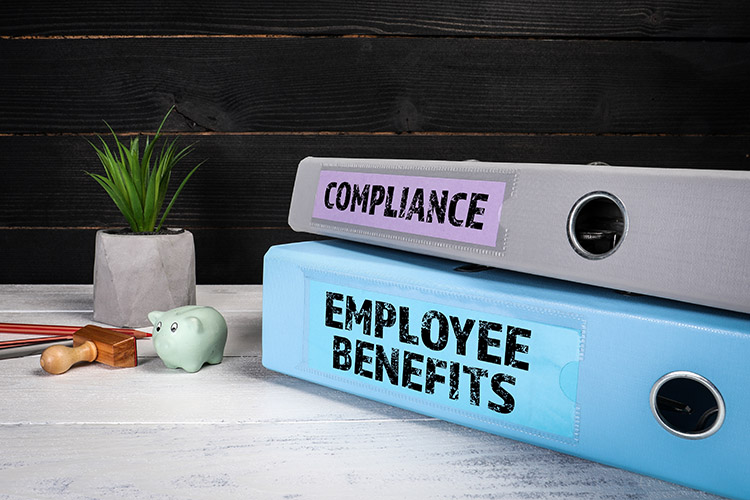Compliance Audits
HR compliance audits are systematic reviews conducted to ensure that your human resources practices and policies align with relevant laws, regulations, and industry standards. These audits are essential for identifying areas of non-compliance and mitigating legal risks. Here’s what is typically involved:
By conducting regular HR compliance audits, organizations can proactively identify and address potential compliance issues, minimize legal risks, and foster a culture of compliance within the workplace

